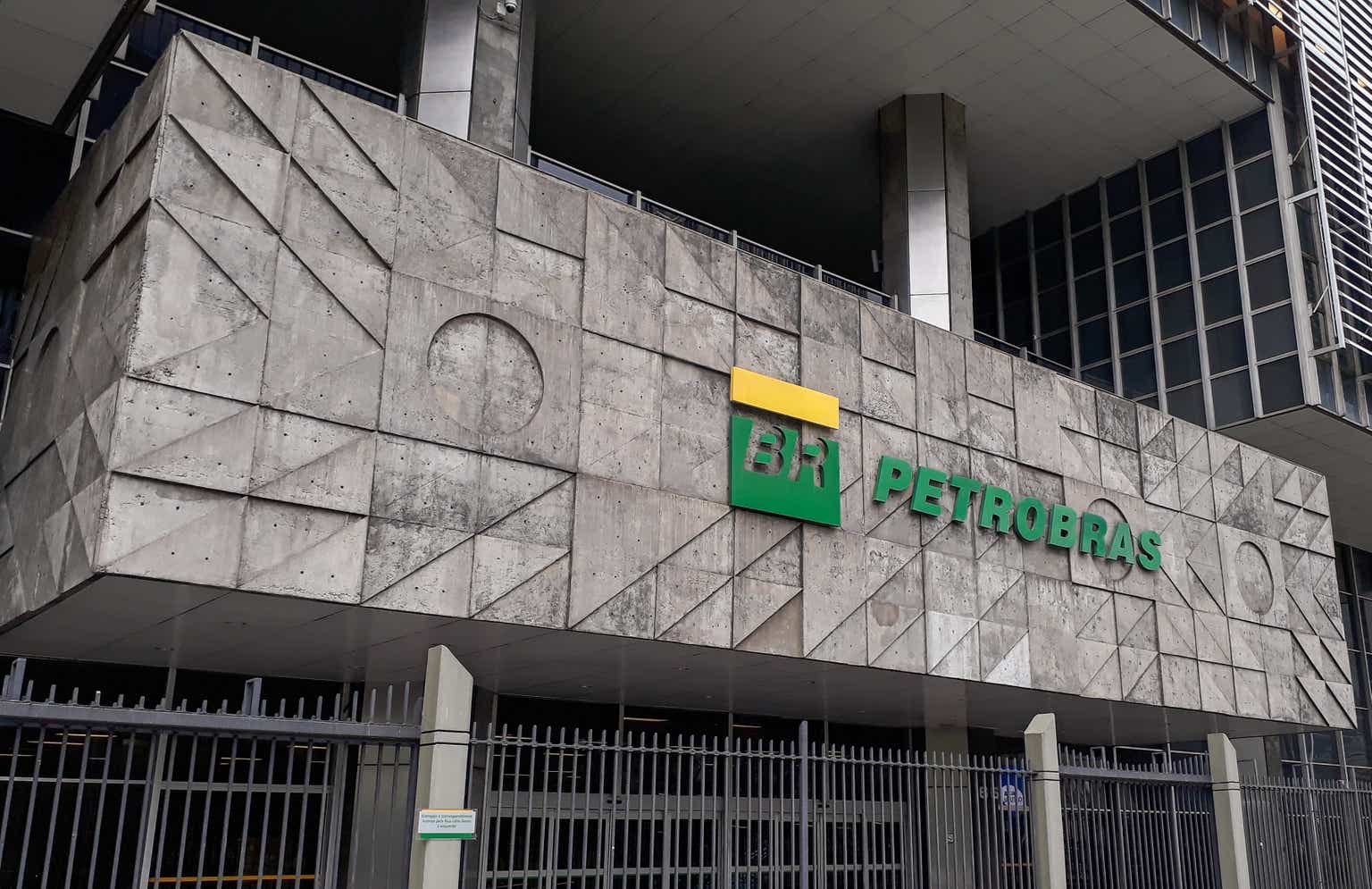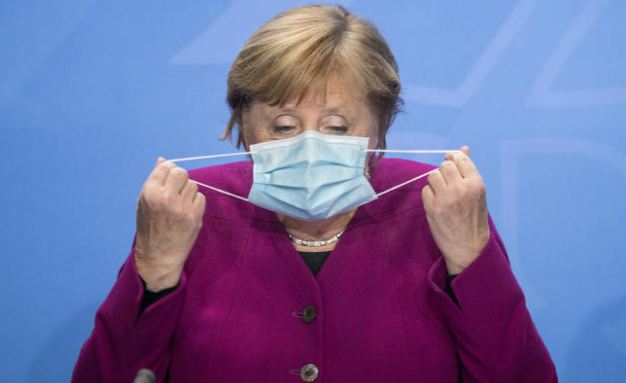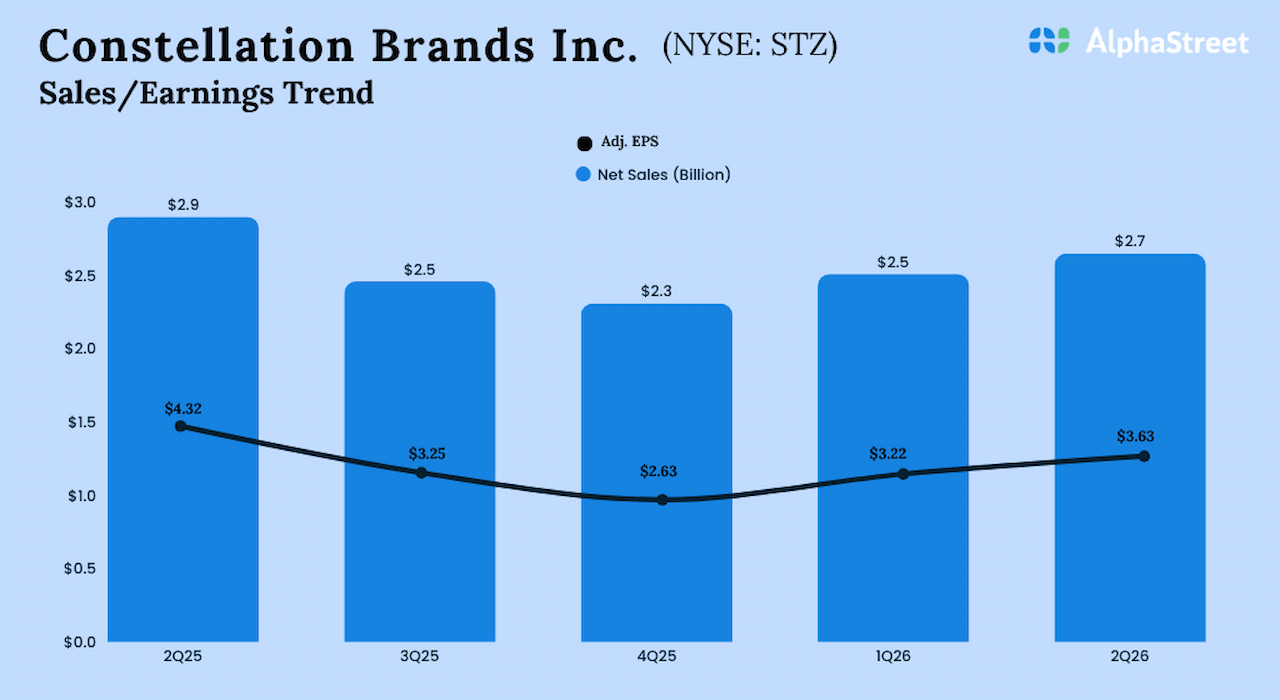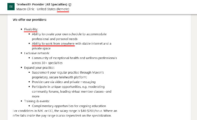After taxpayers had to bail out undercapitalised lenders in the global financial crisis more than a decade ago, banks have had to issue “minimum requirement for own funds and eligible liabilities”, known as MREL.
Each bank has a target to meet by January 2024, which the majority have achieved already.
The European Banking Authority (EBA) said that, as of December 2021, 70 out of a sample of 245 banks across the bloc had a combined shortfall of 33 billion euros ($35.75 billion), down by 42% from a year earlier.
Since December 2021, however, the cost of issuing MREL has risen sharply as central banks have raised borrowing costs to counter high inflation.
This forces banks to offer even higher interest to buyers of MREL in return for agreeing to write down the debt to replenish capital buffers if necessary.
For the first time, the annual report looked at impact of MREL on banking sector profitability, concluding that it is “manageable” overall. “However, costs are well above average for certain groups of banks and certain jurisdictions, which may pose challenges,” the EBA said in its report, singling out Italy, Portugal and Greece without naming individual lenders.
Many of the banks facing such challenges do so because of wider profitability issues rather than higher interest rates making MREL more costly, the EBA added.
Since the end of 2021, only 23 of the 70 banks facing a shortfall had not managed to increase their MREL stock during the first half of 2022, with the number falling further in the second half of the year.
“Our report shows that MREL is not the major driving factor in most banks’ profitability, and we expect that most of the banks are going to meet the requirement by January 2024,” said EBA policy expert Thibault Godbillon.








































